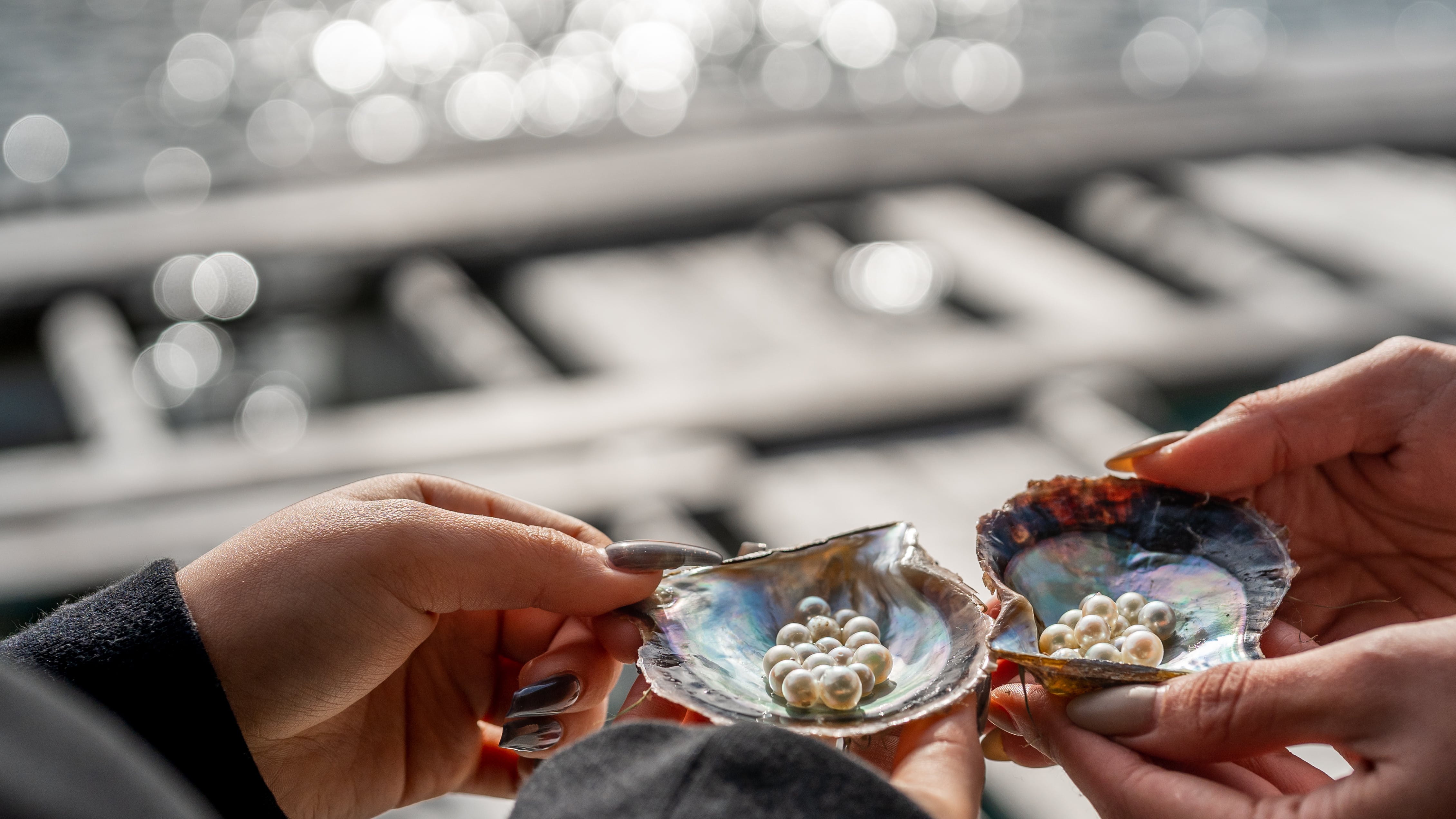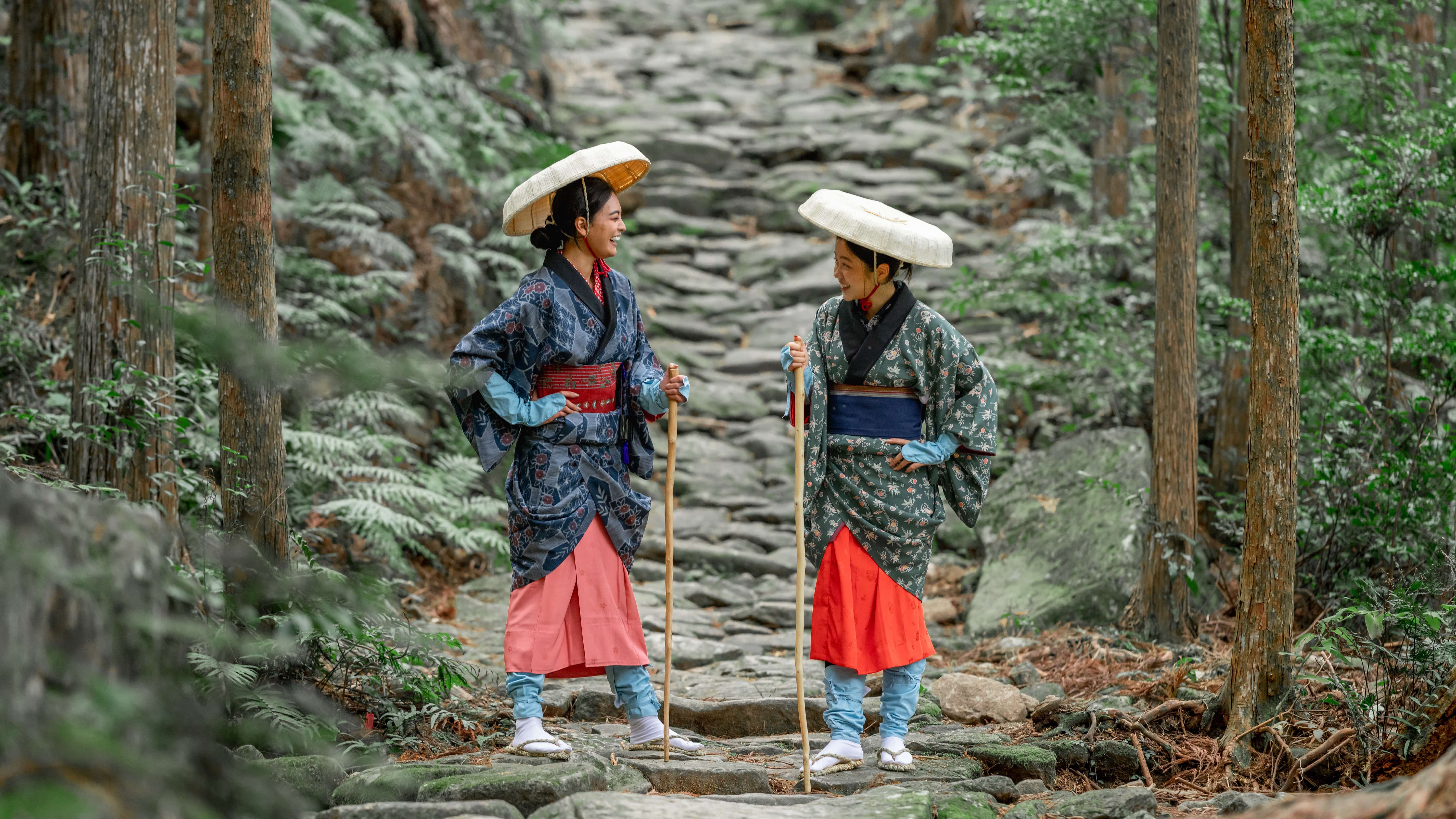
Authentic Iga ninja experience
Hokusei and Iga
This region is steeped in history and culture, including the nostalgic Edo-period streetscapes of Seki-juku, one of the 53 post stations of the Tokaido road. In the city of Iga, the birthplace of the Iga school of ninjutsu, you can learn all about ninja mainly be trying some of the tricks at a ninja house and throwing shuriken. Also, the traditional craft of Iga ware pottery, which is known for its distinctive earthy texture and heat resistance and heat retention properties, has a long history as one of the key industries in the region.
Chusei
In addition to some historically significant sights like the ruins of Matsusaka Castle, where magnificent stone walls still remain, and the national historic site of the Saiku Palace, this region is blessed with an abundance of natural beauty, including the Miya River, one of Japan's most pristine waterways, the Osugidani, one of Japan's three most beautiful valleys, and the scenic gorge of Kahada on the Kushida River. Owing to the crystal-clear waters of its rivers, green tea is also cultivated in the area. Plus, this region produces melt-in-your-mouth marbled Matsusaka beef—often referred to as an “artwork of meat.”

Lunch in an abundance of natural beauty

Special dinner on private beach
Ise-Shima
Ago Bay in the city of Shima is one Japan’s most well-known ria coastlines. A ria is a drowned river valley that remains open to the sea, which is why the scenic coastline of the bay is so intricately meandering and dotted with around 60 islands of different sizes. It is also known for its pearl farming. Being blessed with the fresh bounties of the sea, since ancient times the area has been called umashikuni, which literally translates to “delicious country.” And the traditional culture of mainly female ama divers, who free dive for seafood, still thrives today in this region.
Higashikishu
Registered as a UNESCO World Heritage Site, the Kumano Kodo is an ancient pilgrimage route to the Ise Grand Shrine, connecting Kumano with Ise, Wakayama, and other areas. Travelers on the route can immerse themselves in both history and nature. And there are numerous magnificent sights of natural beauty to admire along the way, such as the unusually shaped rock formations sculpted by the rough waves of the Kumano Sea, including Onigajo (demon’s castle), Shishi-iwa (lion rock), and the Tategasaki rock face. Other highlights include the Maruyama Senmaida rice terraces, one of Japan's top 100 terraced rice fields.

Trekking through spiritual Iwayado







Situated roughly halfway along the Japanese archipelago on the Pacific Ocean side, Mie Prefecture can be reached in less than two hours or so by limited express train from Kyoto, Osaka, or Nagoya. There are five main regions in Mie Prefecture:
(1) Hokusei—the location of Seki-juku, a former Tokaido post town
(2) Iga—the birthplace of the Iga school of ninjutsu
(3) Chunansei—an area where Matsusaka beef is produced
(4) Ise-Shima—home to the ancient Ise Grand Shrine
(5) Higashikishu—the location of the World Heritage-listed Kumano Kodo pilgrimage trail.
Here we would like to introduce you to a recommended course full of exclusive experiences where you can feel the 'heart of Japan' through its long-standing historical culture and rich nature rooted in Mie.